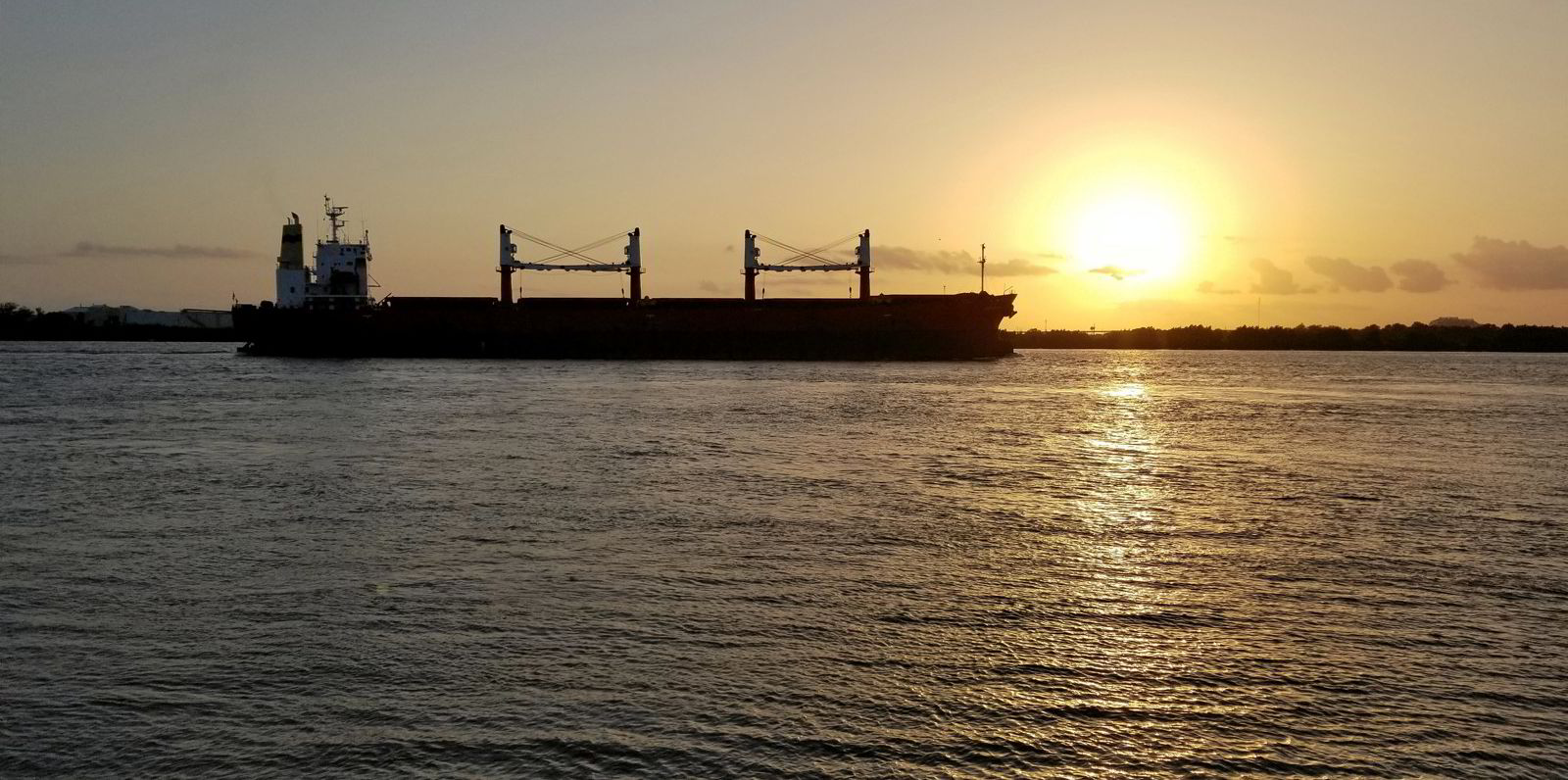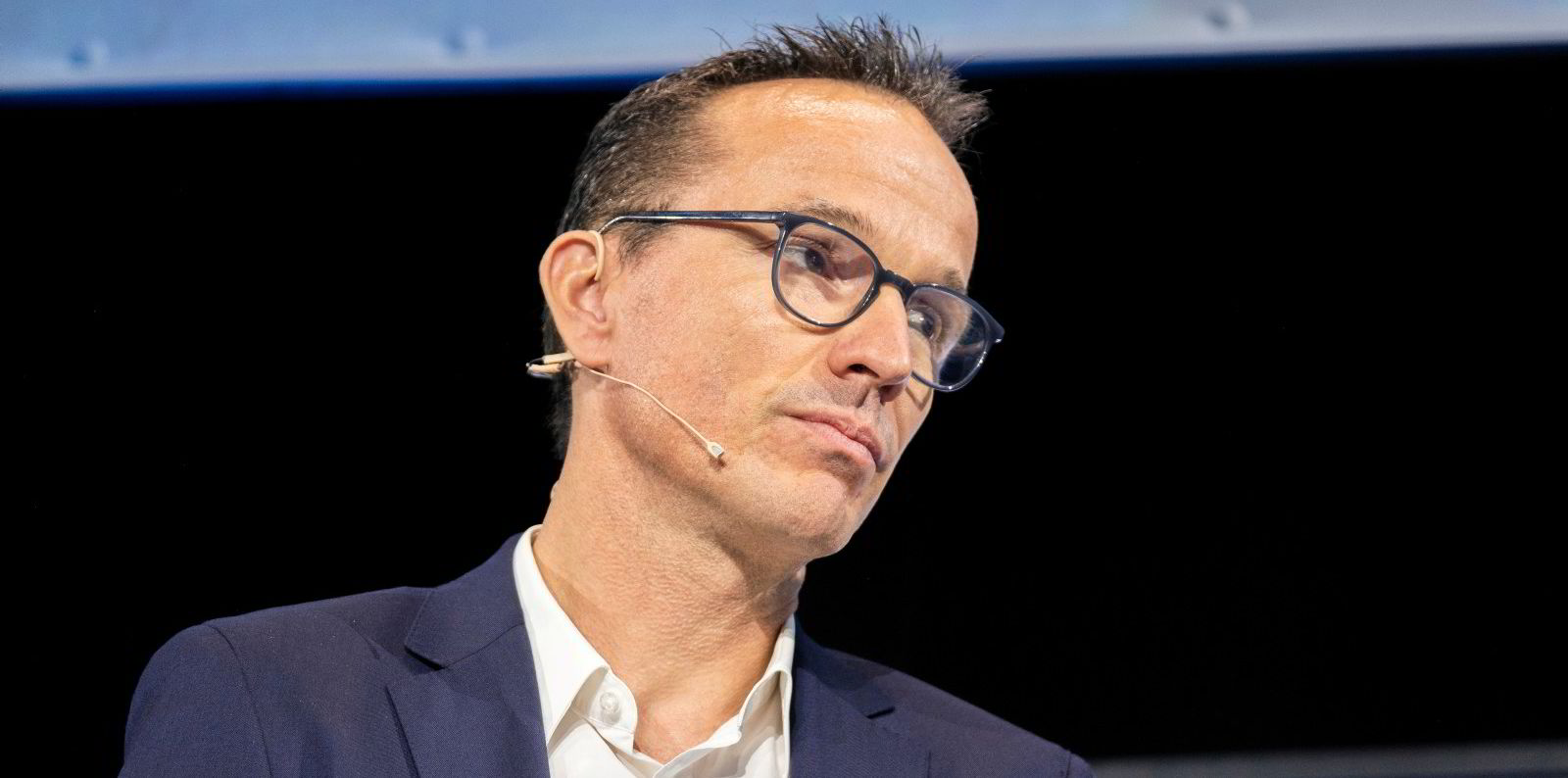Ballast water treatment systems are being rendered inoperable in some ports where the local water quality is challenging.
Documents submitted to the International Maritime Organization show that the systems are facing problems primarily in ports, where the water has heavy sedimentation that gums up filters or hampers ultraviolet light treatment.
The situation comes as the global fleet is midway through a phased schedule in which shipowners are required to install ballast water systems in a bid to protect marine ecosystems from invasive species.
Tanker owners’ group Intertanko has told the United Nations’ body that its members have submitted 468 reports of incidents in which challenging water quality resulted in issues with ships’ ballast water management systems.
On 72 occasions, the systems failed, while they reduced treatment rates in 66 occurrences.
The reports came from shipowners with a total of 1,126 tankers, just a fraction of the 4,100 tankers controlled by Intertanko members.
“Such a relatively high number of reports from such a small number of ships suggests that the scale of the challenge is significant, especially when reflecting on the world merchant fleet of 53,973 ships,” Intertanko said in a submission to the Marine Environmental Protection Committee.
The ballast water systems are facing problems in ports dotting the globe, from those in the Thames Estuary in the UK to the shores of Ohio in the US and Malaysia’s port of Bintulu, according to the submission.
The ballast water squeeze
Intertanko environment director Tim Wilkins said the situation is creating a squeeze for shipowners that have been proactive in installing ballast water management equipment.
“There are other owners, by the way, who are going around who haven’t got systems, who don’t have this problem,” he said. “And so the ones who have are being penalised, the ones who’ve gone out and gotten ahead of the curve and installed the systems.”
192
Number of ports where Intertanko members reported water quality conditions affected the operation of ballast water management systems
72
Occurrences in which the system failed
176
Occasions in which the ballast water system had to be bypassed
31
Reports of system problems because of water quality in the UK’s Thames Estuary
When encountering water quality problems, some shipowners seek approval to bypass their ballast water systems when they take on water in port. They then carry out a ballast water exchange at sea, bringing in treated water.
Intertanko, dry bulk shipowner group Intercargo, and officials representing flag states Liberia and the Marshall Islands have asked the IMO to reduce administrative burdens by allowing shipowners to carry out this measure without seeking approval.
“Treat and exchange” is not the only option.
In some cases, shipowners can install oversize filters to tackle the problem, said Sahan Abeysekara, the principal specialist on ballast water management systems at UK classification society Lloyd’s Register.
“But that’s additional capital expenditure and space, so not all the shipowners will have the luxury of installing oversized systems,” he told TradeWinds.
Ballast water system maker Optimarin has introduced a digital solution. Under its Optilink system, data from Optimarin-equipped vessels is uploaded to the cloud, allowing the company to provide a heat map of port water quality based on the experience of reporting ships.
“So our take on this, given the limitations on ballast water treatment systems in certain ports, is to equip the shipowner with the tools so they can plan and do the operation better,” said Optimarin chief executive Leiv Kallestad.




